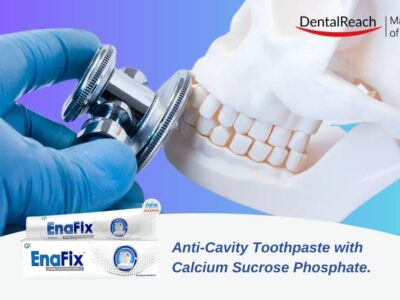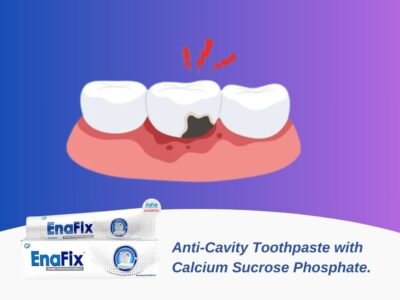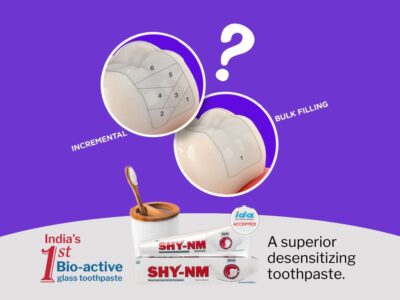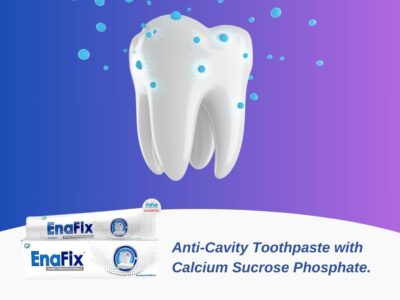In a recent study, researchers investigated the rate of positivity of the SARS-CoV-2 virus in pediatric patients who were clinically asymptomatic but still contagious. They used Polymerase Chain Reaction(PCR) to screen for signs and symptoms of the SARS-CoV-2 virus.
The authors reviewed consecutive charts of children younger than 18 years scheduled for elective dental procedures from April 1, 2020, through August 1, 2020. A total of 921 pediatric patients were included in the study.
Because severe illness due to SARS-CoV-2 in children is rare, screening efforts largely have targeted adult populations. Thus, the epidemiology of SARS-CoV-2 infection in children is not well known and is rapidly evolving.
Although children typically have a benign course compared with adults or remain asymptomatic, they have the potential to carry substantial viral loads and be a source of infection.
Once at the clinic, the patients were given a PCR test for SARS-CoV-2 infection. Talking about the testing process, co-author Dr. Flavia Lamberghini, clinical assistant professor in the department of pediatric dentistry at UIC, said that the children tolerated the test well. “We were trained by a pediatrician on how to conduct the test,” she said in a press release. When using the nasal swab, the researchers tried to make the testing process as pleasant as possible “We told the kids, ‘We are putting a butterfly in your nose’,” Lamberghini stated.
The study showed an over 2% positivity rate for the asymptomatic children tested. Parents or legal guardians of children with positive PCR testing were informed of the results and referred for pediatric evaluation.
It is well known that dental procedures can generate aerosols that increase the risk of contagion. The CDC suggested SARS-CoV-2 testing for asymptomatic dental patients undergoing oral health care as a way to identify carriers and reduce the risk of experiencing exposure in dental facilities. This new strategy, however, has not been universally adopted.
Screening for SARS‐Cov‐2 using a specific questionnaire is less effective than nasopharyngeal swab but more sustainable. The study concluded that PCR testing for COVID-19 of asymptomatic patients in pediatric dentistry adds value to the use of screening questionnaires for the identification of infected people who could be contagious.
Box Screening questionnaire:
1.Within the last 2 weeks, have you (or your child) experienced any of the following signs or symptoms?
- Fever
- Cough
- Shortness of breath or difficulty breathing
- Fatigue
- Muscle or body aches
- Headache
- New loss of taste or smell
- Sore throat
- Congestion or runny nose
- Nausea or vomiting
- Diarrhea
2.Within the last 2 weeks, have you (or your child) been exposed to a person who is known to have COVID-19 or SARS-CoV-2?
3.Within the last 2 weeks, have you (or your child) been exposed to a person who is under investigation for COVID-19 or SARS-CoV-2?
4.Within the last 2 weeks, have you (or your child) been asked to self-isolate or quarantine?
5.Within the last 2 weeks, have you (or your child) been exposed to a person that was placed in quarantine?
Conclusion:
The following strict precautions have to be taken provided the asymptomatic viral prevalence in children:
- Every patient has to be considered as a potential asymptomatic COVID-19 carrier.
- Recovered patients should be considered as potential virus carriers for at least 30 days after the recovery confirmation.
- Treatment needs have to be categorized.
- Minimum invasive procedures have to be performed accordingly.
- Contact and airborne precautions need to be taken alongside the proper use of personal protective equipment (PPE) as per guidelines.
Finally, although some children tested positive in the study, the researchers did not observe transmission to clinic staff. This, according to the researchers, highlights the effectiveness of personal protective equipment.
Reference:
1. Cruz AT, Zeichner SL. COVID-19 in children: Initial characterization of the pediatric disease. Pediatrics [Internet].2020;145:e20200834. doi:10.1542/peds.2020-0834. Available from: https://pubmed.ncbi.nlm.nih.gov/32179659/.
2. Occupational Safety and Health Administration (OSHA). COVID-19 Control and Prevention/Dentistry Workers and Employers: United States Department of Labor; 2020. Available from: https://www.osha.gov/SLTC/covid-19/dentistry.html.
3. Ministry of Health and Family Welfare (MOHFW). Guidelines for Dental Professionals in Covid-19 Pandemic Situation. Ministry of Health and Family Welfare. Government of India; 2020. Available from: https://www.mohfw.gov.in/pdf/DentalAdvisoryF.pdf.




















Comments